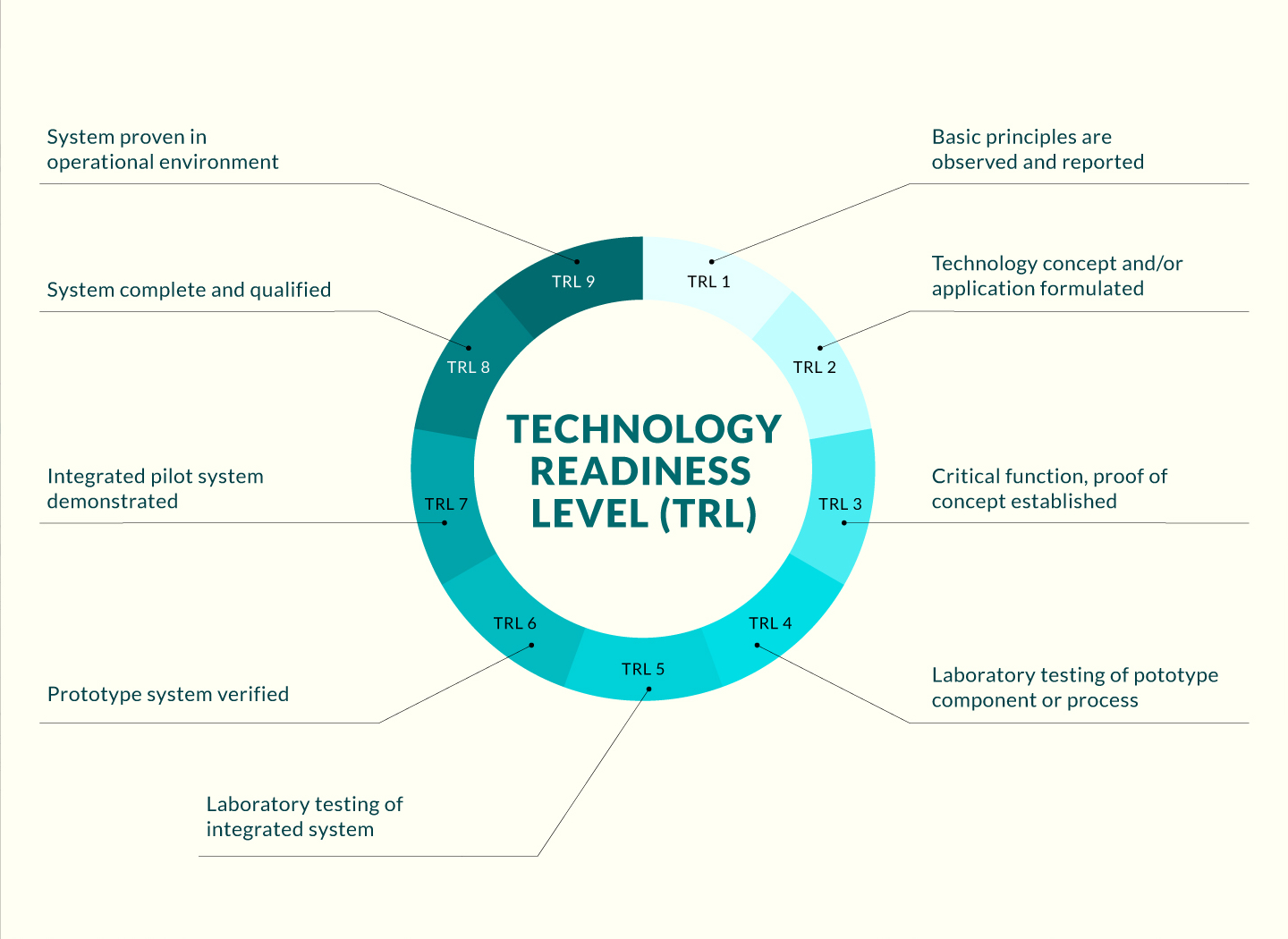
Opportunity
Bacteria with multiple drug resistance (MDR) have become a global issue, threatening hundreds of thousands of lives every year. The choice of antibiotics for treating bacterial infections is limited, largely due to the emergence of novel MDR strains and insufficient development of new antimicrobial agents. Infections caused by most opportunistic pathogenic bacteria, such as Pseudomonas aeruginosa (P. aeru), present one of the greatest challenges for physicians in providing adequate treatment due to these bacteria’s increasing resistance to many clinically available antibiotics. P. aeru causes such issues as sepsis in burn wound and immunocompromised patients and hospital-acquired pneumonia, and has become increasingly resistant to multiple drugs in recent years. Preserving the clinical value of current antibiotics could be an effective approach to address this problem.
Technology
Some small RNAs (sRNAs) play a role in mediating numerous physiological effects such as the repression of transcription or translation. Furthermore, the overexpression of some sRNAs can lead to bacterial ineffectiveness and reduced susceptibility to antibiotics through silencing or reducing the expression of corresponding resistance genes.
The inventors discovered a novel small RNA (sRNA), AS1974, that plays a functional role in controlling the drug resistance of P. aeru through modulating the gene expression of the drug resistance pathways. They developed a novel method to kill P. aeru using AS1974 with antibiotics that were previously resistant to the bacteria, thereby restoring the clinical value of these ‘old’ non-functional antibiotics.
Advantages
- Compared with traditional antibiotic treatment, AS1974 provides the opportunity to increase the efficacy of existing antibiotics in combined therapy.
- There is no such small RNA available on the market.
- This approach alleviates the bacteria to emerge antibiotic resistance
Applications
- The invention can be applied to the treatment of MDR P. aeru infection in humans or animals, and the prevention of MDR dissemination.
- The technological approach can be utilized in other infection with MDR bacteria




